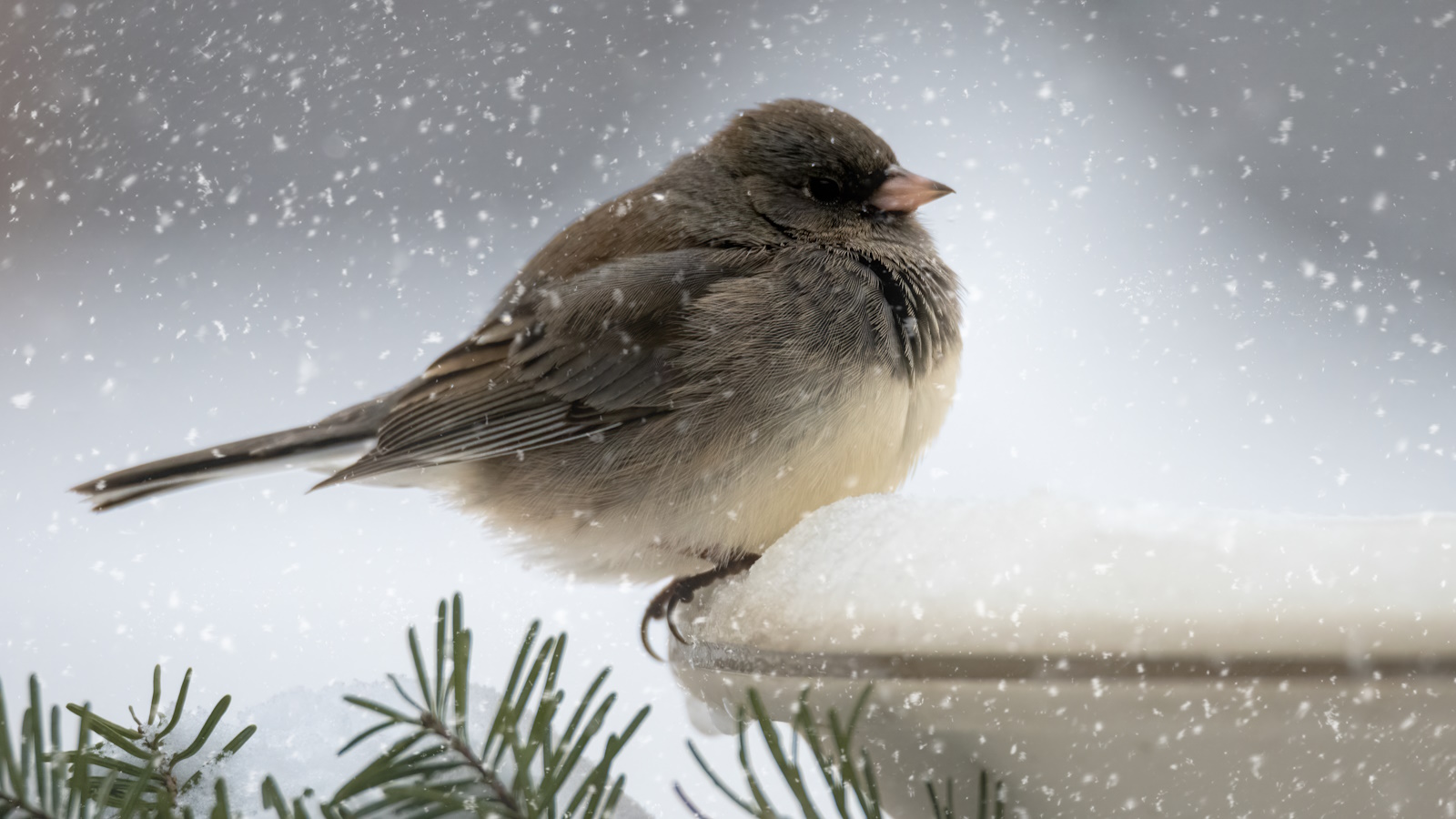
If you’re used to welcoming wildlife into your backyard throughout the year, you’re probably starting to think about ways to help support visiting birds at a time when food and shelter can be scarce.
Like all creatures, birds need shelter, water, and food to survive. By providing these three elements, birds will continue to thrive in your outside space and will be certain to return when the warmer weather comes around.
We look at seven ways you can give your feathered friends a helping hand now that the colder days have arrived.
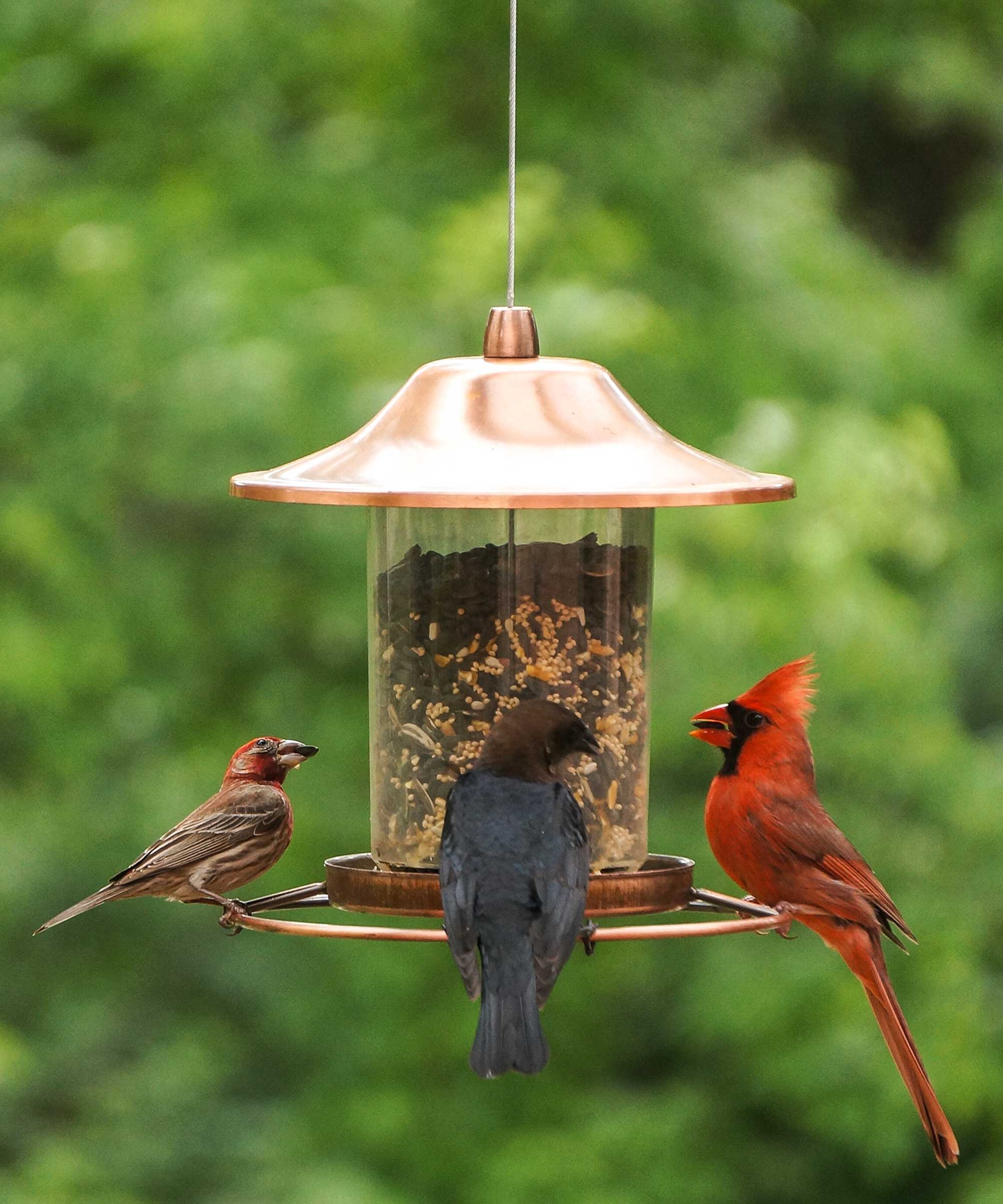
7 ways to help backyard birds in winter
Finding ways to support your local birdlife can be hugely rewarding, and will help to sustain and boost biodiversity in your backyard.
1. Provide a safe shelter
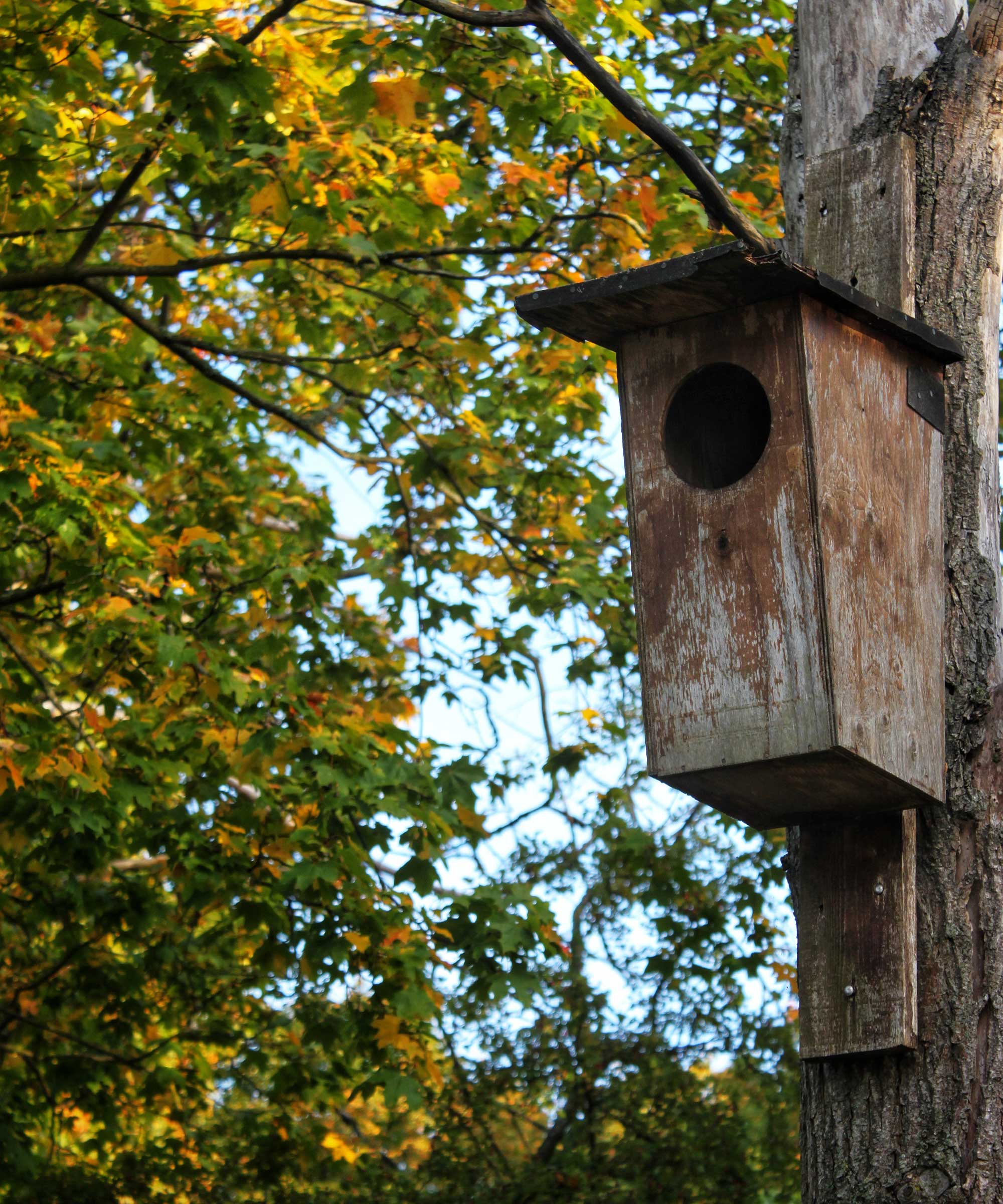
Adding a bird house to your yard is a wonderful way to offer birds a safe and warm place to shelter in winter. This wild bird house from Walmart is a lovely example. However, there are many natural alternatives you could consider as well.
‘While bird houses may be purchased or built, they are really a substitute for habitat that is no longer available, such as dead trees or snags,' says horticulture expert and owner of GreenWeaver Landscapes Jennifer Nichols. 'If you have a dead tree on your property, remove any dangerous branches and leave the trunk standing. In addition to providing shelter, chickadees, titmice, nuthatches, creepers, and woodpeckers look for food under the bark of these decaying trees.’
Another way to provide shelter is to include a variety of shade trees, evergreens, and shrubs in your landscape. 'This way, you will invite different bird species that nest and perch in these different layers,’ she adds.
Specific bird boxes can also work too, such as owl nesting boxes for this precious species.
2. Give birds a fresh water source
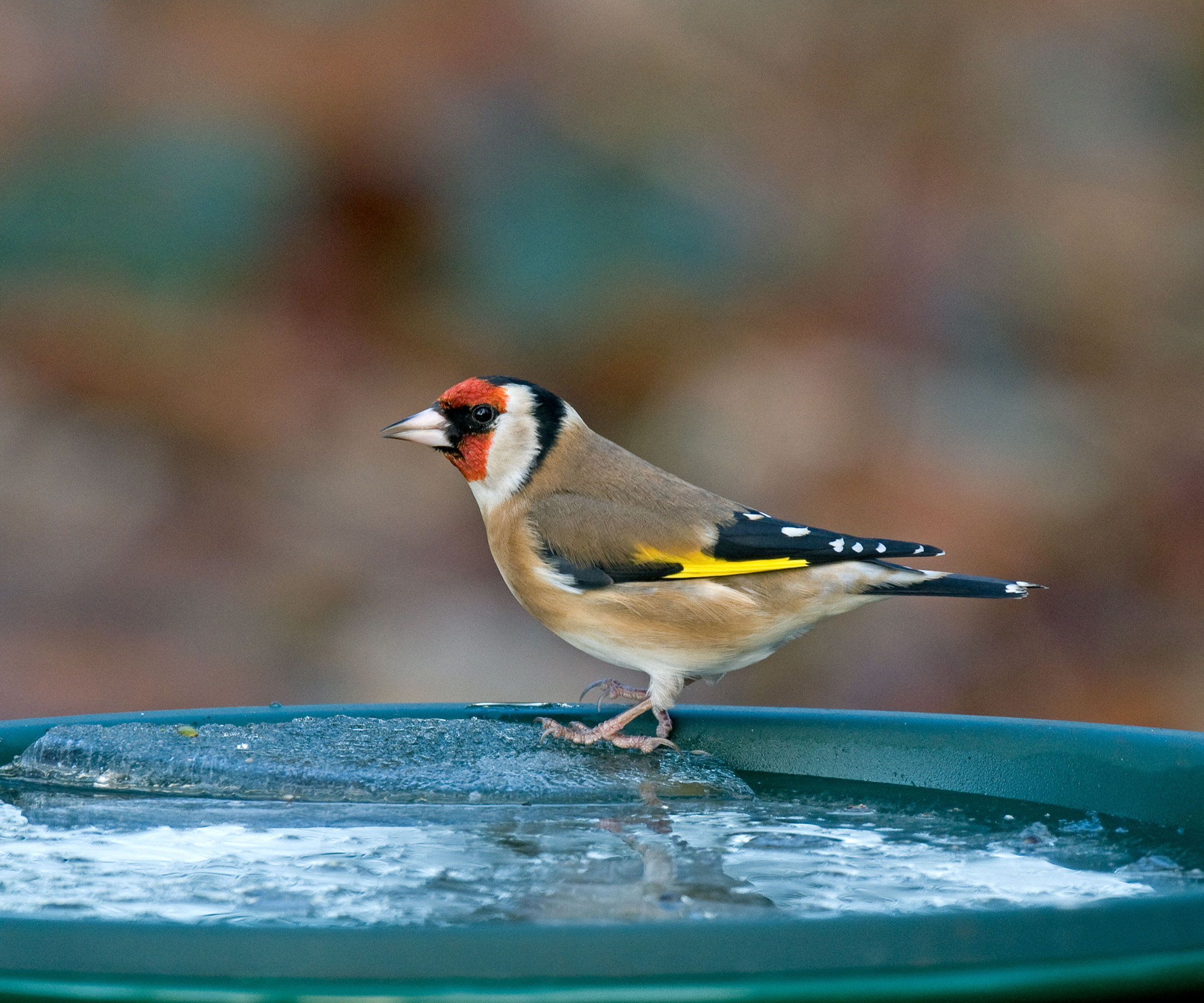
It is so important to provide birds with somewhere to drink and preen themselves in the winter. You could incorporate a bird bath, small fountain, or even a pond into your yard.
If you go for the former, it's vital to keep your bird bath clean, and make sure it doesn’t freeze over in the winter by putting a small object in there such as a cork. If you live in a particularly chilly climate, you could invest in a heated bird bath to keep the water from freezing.
‘During the few winter weeks in Pennsylvania when the temperatures remain below freezing, a heated bird bath makes a big difference to the birds. They gather around offerings of water and thank us with their presence, while we watch them from the warmth of our homes,‘ says Jennifer Nichols.
3. Provide a variety of foods

If you have a bird feeder, be sure to stock it with tasty seeds, suet cakes, nut blends - anything high in fat and protein is perfect for feeding birds in the winter.
It's simple to create natural bird feeders for your yard, too, using pinecones and oranges as vessels for food.
‘Provide a variety of foods to invite birds,' says Jennifer Nichols. 'This ensures all of your winter visitors find something to eat. Species with thick bills, such as cardinals, have no problem eating seeds and nuts, while others prefer fruit and insects. Orioles, tanagers, thrushes, thrashers, wrens, cedar waxwings, vireos, and warblers eat soft foods and crave things like suet and peanut butter or other fat-based products, as well as mealworms and fresh and dried fruit. ‘
This nut, fruit and berry bird food mix from Walmart is perfect for winter feeding.
After periods of heavy snowfall, clear away any snow from your bird table or tray feeders. You could also clear a patch of snow on the ground where you can scatter seeds for ground-feeding species.
4. Put fat in easy to access places
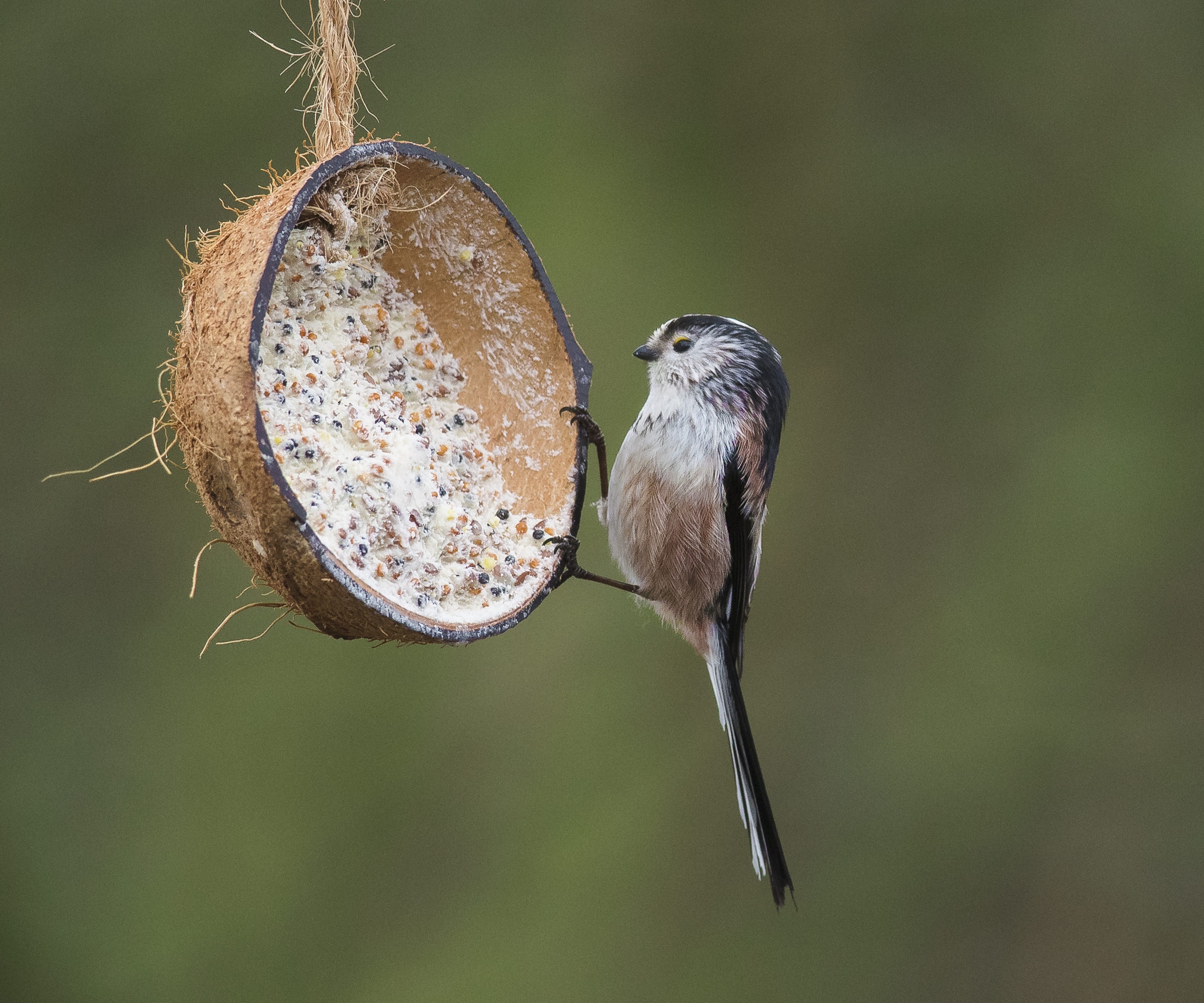
It's important to place bird feeders in safe places to protect birds from predators. However, some birds may not naturally search for food high up or in hedgerows and may need a bit of extra help.
Rubbing fat into the bark of trees in your yard is one solution to this. Some species, such as goldcrests, forage around the trunk of trees, and would therefore benefit from an easy access energy boost.
5. Plant bird-friendly native shrubs

Birds are naturally attracted to native plants, which very often can provide them with an abundance of berries, seeds, and fruit over winter.
The best plants for birds include beautyberry, elderberry, holly, hawthorn and viburnum, to name only a few. Crabapple is also a wise choice for a winter food source, because the fruit ripens late and may persist through cold winter months.
6. Place bird feeders in safe spots
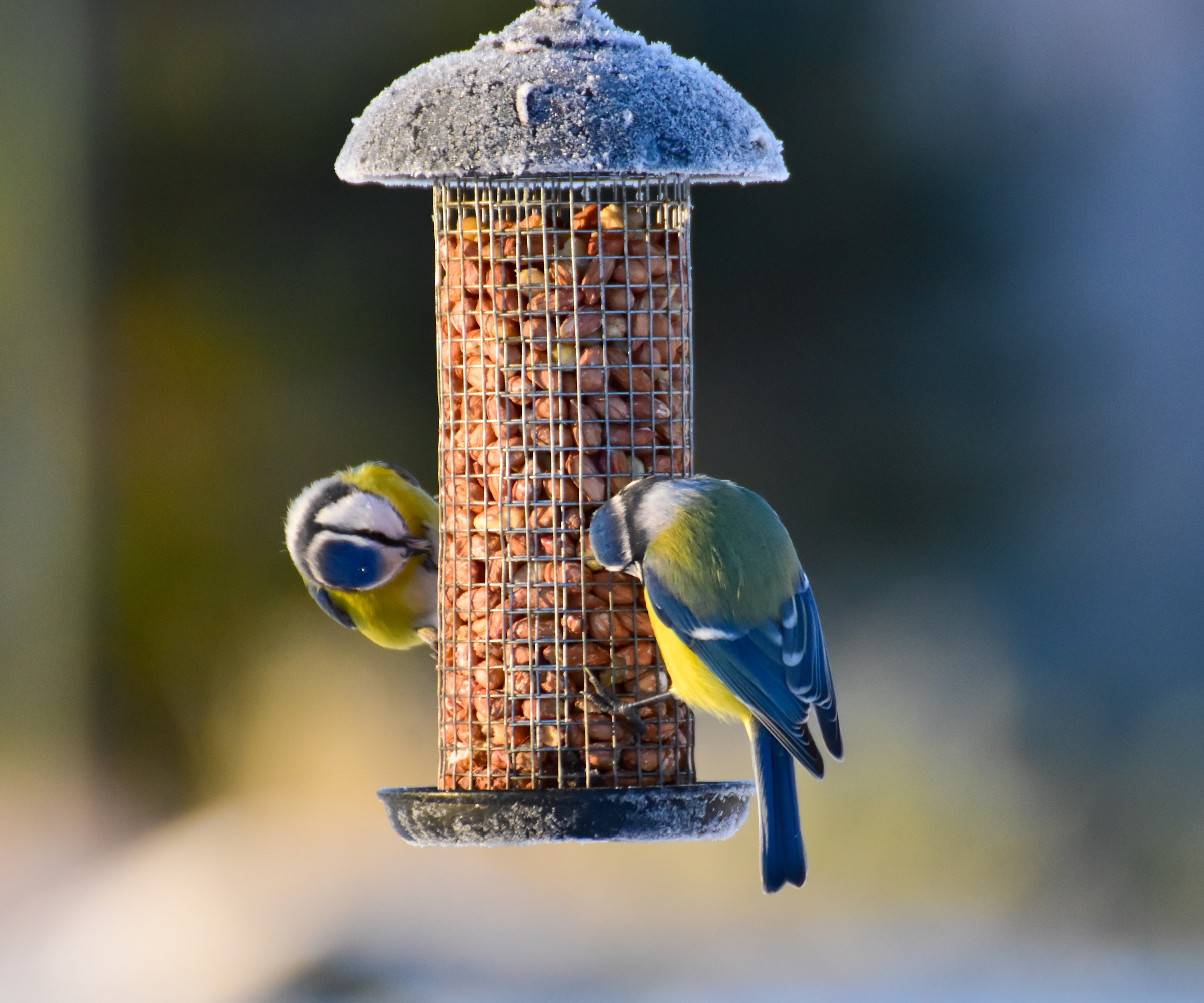
When positioning a bird table, try to put it close to hedges or large shrubs, so birds have somewhere to seek refuge if they feel threatened from predators or by bad weather.
If you are hanging bird feeders from a tree, evergreens are ideal because they will continue to provide shelter in the winter months. Placing them on high branches is also a good idea, to ensure they are well out of the way of any domestic cats who might be roaming your yard.
7. Build a log pile

Log piles can make for bountiful food sources in the winter. Birds such as wrens will enjoy foraging through the pile for insects.
You could also leave piles of leaves on the ground too, or clusters of sticks and pinecones. Anything that will naturally attract the insects in your garden can become a potential feeding zone for birds in the winter.
FAQs
Where do birds nest in winter?
Birds find shelter in large, evergreen trees, hedges and shrubs. They will also take refuge in bird boxes and bird houses over the winter months. If you are planning to add one to your yard, positioning it in an evergreen tree is a good option, as the tree will continue to provide added shelter throughout winter.
What are the best foods to give birds in winter?
In the coldest months of the year, birds need fatty foods to give them energy. They will feast on suet, peanut butter, seeds, nuts and dried fruit. They also love berries on plants like holly and beautyberry.
If you're interested in learning more ways to nurture birds and other wildlife in your backyard, you might like to know how to plant a hedge for wildlife, or how to build a pond to boost biodiversity.







